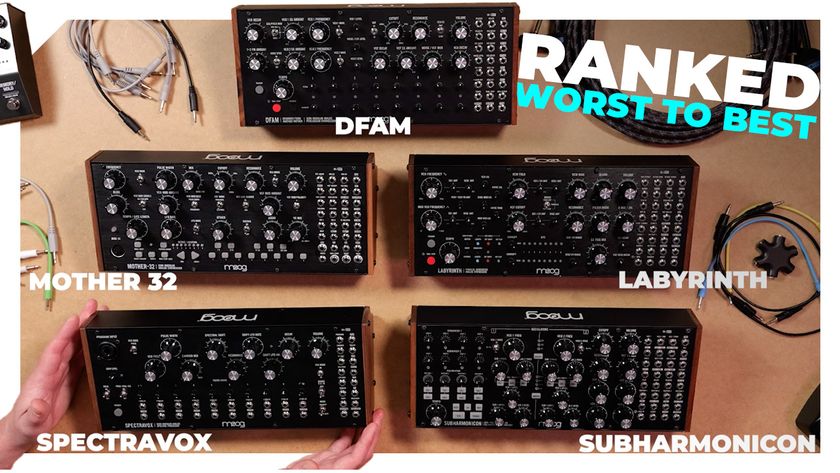Musikmesse 2017: Positive Grid unveils the BIAS Modulation Pedal
New hardware follows the Distortion and Delay units
MUSIKMESSE 2017: Positive Grid has unveiled the BIAS Modulation Pedal, the third in its new line of BIAS hardware pedals. This follows the Distortion and Delay offerings and, as with those, can work both standalone and as an integrated part of your PC, Mac or iPad setup.
The new pedal comes with nine time- and amplitude-based effects: Flanger, Chorus, Phaser, Tremolo, Vibrato, Rotary, RingMod, AutoSwell and Pan. These can be edited in the BIAS Pedal software, and your settings transferred to the hardware over USB on PC and Mac, or Bluetooth on iPad. You can also share and download presets on Positive Grid’s ToneCloud network.
You can have two banks of ten presets each, and three presets can be assigned to separate footswitches. There are onboard intensity, depth and rate controls, as well as tap tempo and an LFO. There’s an expression pedal input, too.
Specs are below and you can get an overview of the BIAS Modulation Pedal, which will retail for $349 when it’s released in the second quarter of the year, in the video above. Find out more on the Positive Grid website.
Positive Grid BIAS Modulation Pedal features
- Strongest possible build quality, with rugged, all-metal chassis
- Separate ¼” unbalanced (tip-sleeve), high-impedance instrument-input and line-level output jacks for left and right channels provide mono or wide stereo sound
- Expression Pedal input provided on ¼” TRS jack provides real-time control of any parameter
- Nine built-in modulation effects: Chorus, Vibrato, Flanger, Rotary, Phaser, Tremolo, Pan, RingMod and Autoswell
- Mix and match two modulation types (time/filter-based and amplitude-based) to create truly unique sounds
- Three preset banks store up to ten presets each for lickety-split recall
- Full complement of parameter knobs controls Intensity, Depth, (Output) Level, Rate and three types of LFO modification (Shift, Wobble and Offset)
- Sturdy switches control Tap Tempo (over a 40 to 400bpm range) and LFO’s waveshape: round (sine), sharp (sawtooth) or pulse (square)
- Comprehensive MIDI Mapping: MIDI Program Change switches presets, and MIDI CCs (continuous controller messages) adjust key parameter values
- Sync with other BIAS pedals using MIDI Clock, locking the tempo of all time-based effects across Positive Grid’s integrated pedalboard ecosystem
- Full integration across hardware, desktop and mobile applications: Micro USB port and Bluetooth respectively interface pedal with BIAS Pedal desktop software (PC and Mac) and iOS app for deep pedal customization, offline preset storage, remote control and access to thousands of modulation pedal designs via Positive Grid’s ToneCloud network
- Exports custom pedal setups into the effects chains for Positive Grid’s BIAS FX software
- Separate MIDI In and Thru connectors
- 9VDC power-input jack
Get the MusicRadar Newsletter
Want all the hottest music and gear news, reviews, deals, features and more, direct to your inbox? Sign up here.

I’m the Deputy Editor of MusicRadar, having worked on the site since its launch in 2007. I previously spent eight years working on our sister magazine, Computer Music. I’ve been playing the piano, gigging in bands and failing to finish tracks at home for more than 30 years, 24 of which I’ve also spent writing about music and the ever-changing technology used to make it.

“This golden gain machine covers the entire spectrum from gritty boost through to full-on fuzz”: Great Eastern FX’s Focus Fuzz Deluxe has got boost, drive, octave, fuzz... everything going on

“This is the only tremolo pedal in the world that lets you plot your own waveform shapes using controls you first got to grips with as a child”: SoundLad Sketchy review











